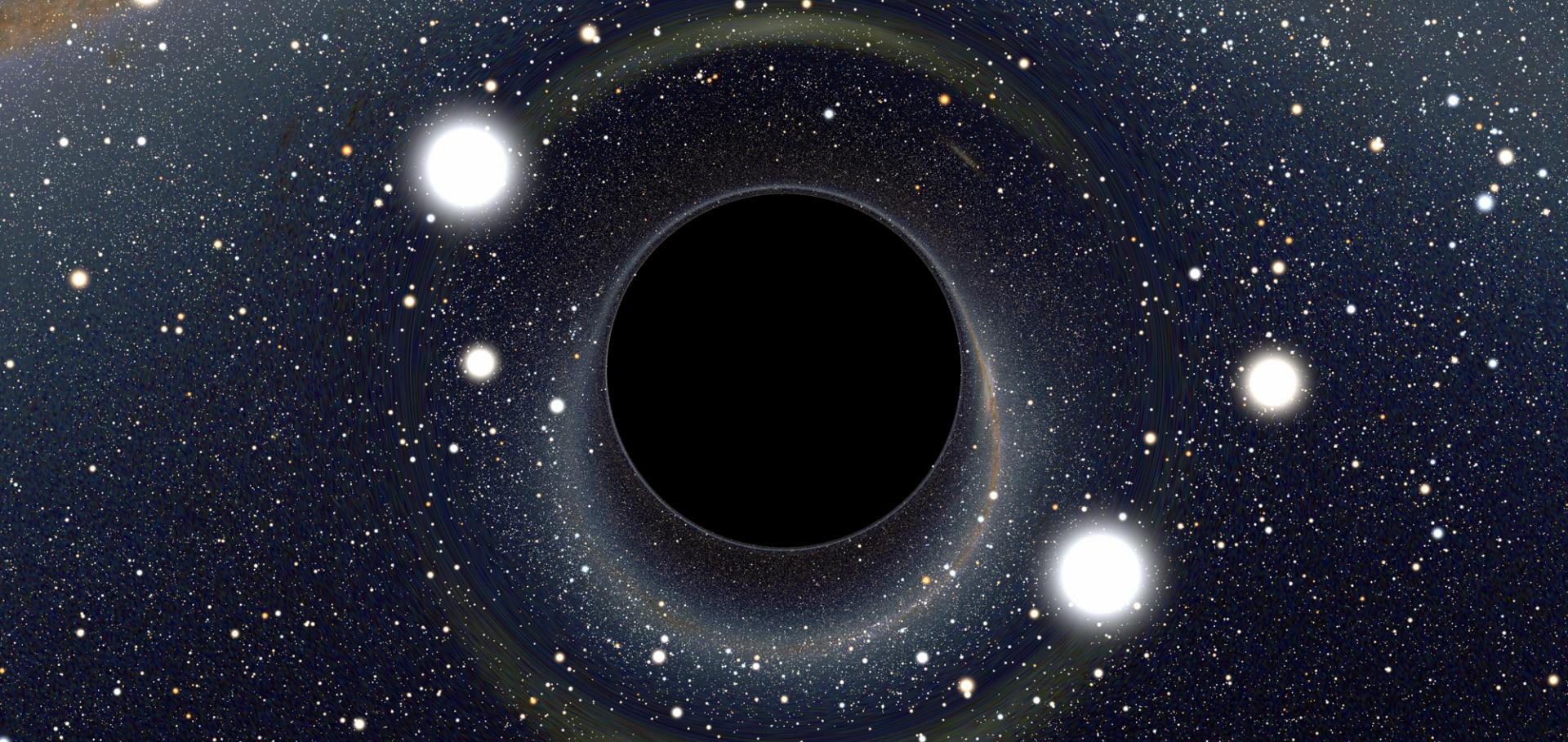The XXL survey: first results and future
(2016)
Authors:
M Pierre, C Adami, M Birkinshaw, L Chiappetti, S Ettori, A Evrard, L Faccioli, F Gastaldello, P Giles, C Horellou, A Iovino, E Koulouridis, C Lidman, A Le Brun, B Maughan, S Maurogordato, I McCarthy, S Miyazaki, F Pacaud, S Paltani, M Plionis, T Reiprich, T Sadibekova, V Smolcic, S Snowden, J Surdej, M Tsirou, C Vignali, J Willis, S Alis, B Altieri, N Baran, C Benoist, A Bongiorno, M Bremer, A Butler, A Cappi, C Caretta, P Ciliegi, N Clerc, PS Corasaniti, J Coupon, J Delhaize, I Delvecchio, J Democles, Sh Desai, J Devriendt, Y Dubois, D Eckert, A Elyiv, A Farahi, C Ferrari, S Fotopoulou, W Forman, I Georgantopoulos, V Guglielmo, M Huynh, N Jerlin, Ch Jones, S Lavoie, J-P Le Fevre, M Lieu, M Kilbinger, F Marulli, A Mantz, S McGee, J-B Melin, O Melnyk, L Moscardini, M Novak, E Piconcelli, B Poggianti, D Pomarede, E Pompei, T Ponman, ME Ramos Ceja, P Ranalli, D Rapetti, S Raychaudhury, M Ricci, H Rottgering, M Sahlén, J-L Sauvageot, C Schimd, M Sereno, GP Smith, K Umetsu, P Valageas, A Valotti, I Valtchanov, A Veropalumbo, B Ascaso, D Barnes, M De Petris, F Durret, M Donahue, M Ithana, M Jarvis, M Johnston-Hollitt, E Kalfountzou, S Kay, F La Franca, N Okabe, A Muzzin, A Rettura, F Ricci, J Ridl, G Risaliti, M Takizawa, P Thomas, N Truong


